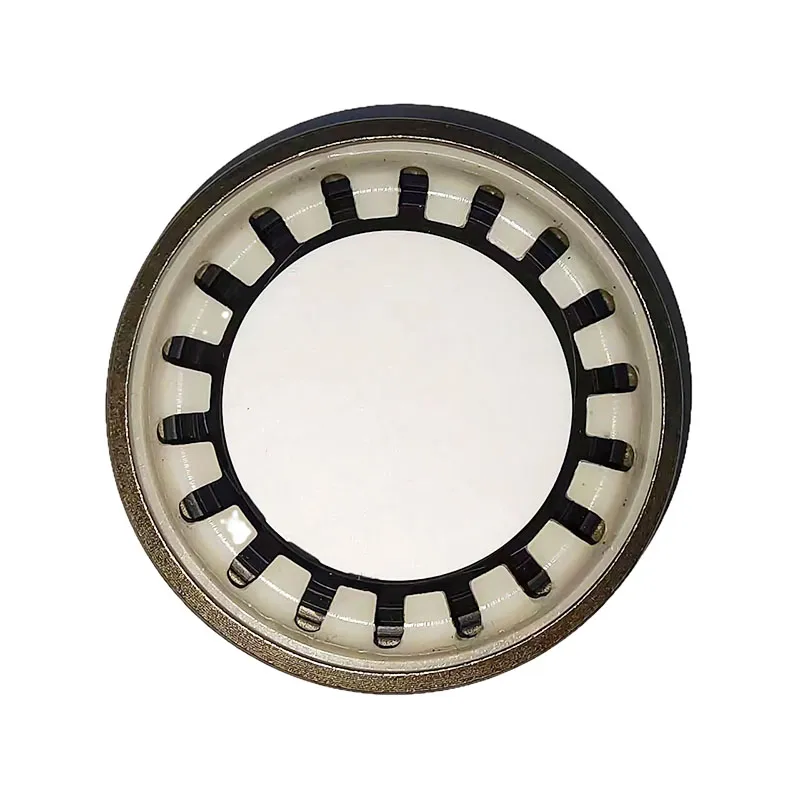oil drain plug screw
Understanding the Oil Drain Plug Screw Importance and Maintenance
The oil drain plug screw, a vital component of any vehicle's lubrication system, plays an essential role in maintaining engine health and efficiency. While often overlooked during regular maintenance checks, its significance can’t be overstated. This article will delve into the function, importance, and upkeep of the oil drain plug screw, highlighting why it deserves your attention.
What is an Oil Drain Plug Screw?
The oil drain plug screw is typically located at the lowest point of the oil pan in an engine. It is designed to provide a means for the old, contaminated oil to be drained from the engine during an oil change, allowing for the new oil to be introduced. The drain plug is usually made from durable materials like steel or aluminum, and it often features a gasket to prevent leaks.
Importance of the Oil Drain Plug Screw
1. Prevents Oil Leakage One of the primary functions of the drain plug is to seal the oil pan, preventing leaks. A well-maintained seal ensures that the engine retains its oil, which is crucial for proper lubrication. A leaking drain plug can lead to significant oil loss, potentially causing engine damage due to inadequate lubrication.
2. Facilitates Oil Changes For a successful oil change, the old oil must be completely drained to make way for fresh lubricant. The drain plug screw allows for this process to happen quickly and efficiently, ensuring that all contaminants are removed, and the engine is filled with clean oil, thereby enhancing performance and longevity.
3. Maintenance Indicator A well-functioning oil drain plug can serve as an indicator of overall maintenance health. If the drain plug is rusty, cracked, or looks worn out, it may signal that other components of the engine require attention as well.
Common Issues and Solutions
Despite its simplicity, the oil drain plug screw can encounter several issues that may affect its performance. Common problems include leaks due to a faulty gasket, stripped threads, or corrosion over time. Here are some solutions to these problems
oil drain plug screw

- Replacing Worn Gaskets Over time, gaskets can wear out and lose their sealing capabilities. Regular checking and replacing of gaskets can prevent leaks. - Thread Repair If the threads of the drain plug are stripped, they may need to be re-threaded or replaced entirely. This repair requires precision, as improper threading can lead to further leaks.
- Corrosion Management Regular inspections can help identify early signs of corrosion
. Applying anti-corrosive materials or coatings can prolong the lifespan of the drain plug screw.Maintenance Tips
Proper maintenance of the oil drain plug screw can help prevent many of the issues mentioned. Here are some tips
1. Regular Inspections Check the drain plug during oil changes for any signs of wear, leakage, or corrosion. Early detection can save you from more significant issues down the road.
2. Use the Correct Tools When changing oil, ensure you use the right-sized socket to avoid stripping the screw. Use a torque wrench to tighten the plug to the manufacturer's specifications.
3. Follow Up After changing the oil, run the engine for a few minutes and then check the drain plug for any leaks. If you notice oil pooling under your vehicle, recheck the installation.
Conclusion
The oil drain plug screw may seem like a minor component, but its role in the vehicle's overall performance is critical. Understanding its importance and maintaining it properly can safeguard engine health and extend the life of your vehicle. Regular maintenance checks and addressing any issues promptly will ensure that your oil drain plug remains effective, allowing your engine to function at its best. Whether you’re a seasoned mechanic or an enthusiastic DIYer, acknowledging the importance of this small yet significant component can lead to a smoother, more efficient ride.
-
Simplifying Oil Changes: A Comprehensive Guide to Oil Drain Plugs and Their Variants
News Aug.04,2025
-
Mastering Oil Drain Maintenance: Solutions for Stripped, Worn, and Upgraded Oil Plugs
News Aug.04,2025
-
Fixing Oil Pan Plug Issues: Leaks, Stripped Nuts, and the Right Replacement Solutions
News Aug.04,2025
-
Everything You Need to Know About Oil Drain Plugs: Sizes, Fixes, and Upgrades
News Aug.04,2025
-
Choosing the Right Oil Drain Plug: A Guide to Sizes, Materials, and Drain Innovations
News Aug.04,2025
-
A Complete Guide to Automotive Drain Plugs: Types, Problems, and Innovative Solutions
News Aug.04,2025
-
The Ultimate Guide to Car Repair Kits: Tools and Essentials Every Driver Should Own
News Aug.01,2025
Products categories















